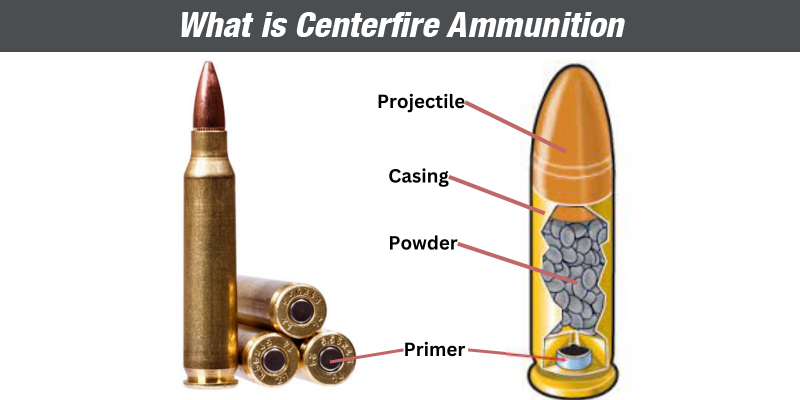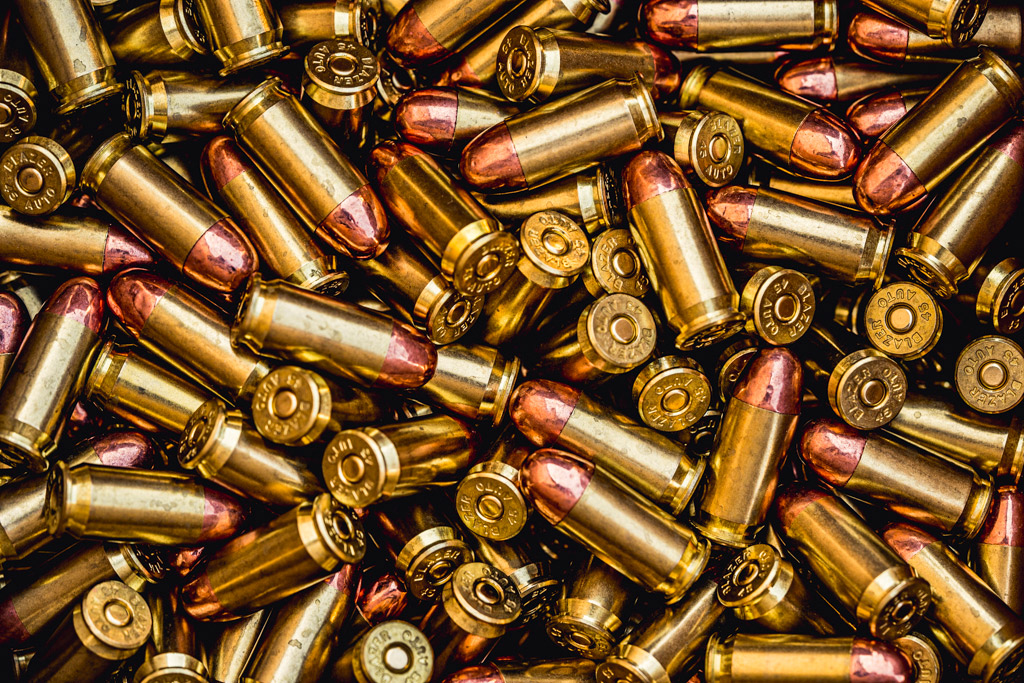Ammunition Pro Llc Fundamentals Explained
Ammunition Pro Llc Fundamentals Explained
Blog Article
The Ammunition Pro Llc Diaries
Table of ContentsGetting The Ammunition Pro Llc To WorkMore About Ammunition Pro LlcGetting My Ammunition Pro Llc To WorkThe 3-Minute Rule for Ammunition Pro LlcThe 5-Minute Rule for Ammunition Pro Llc
The fundamental parts of ammunition are the same for rifle, pistol, and shotgun ammo. Today we're looking at the what the basic parts of ammunition are and exactly how they work together to terminate a round.It houses the guide and powder. The bullet is seated outdoors end of the case. When you fire a bullet out of a semi-auto weapon, the weapon's extractor raises the situation from the firing chamber and it flies out of the weapon. The case is additionally sometimes referred to as shells, brass, or housings.
A weapon's shooting pin strikes a cartridge's guide. The guide is a steel mug that holds an explosive chemical substance. When the firing pin strikes the guide cap, it crushes the priming substance against the anvil. This develops a small surge in the case that fires up the propellant. The primer lies in the rim of the instance of a rimfire cartridge.
Ammunition Pro Llc Things To Know Before You Get This
Both typical sorts of guides in centerfire cartridges are Berdan and Boxer guides. Gunpowder next to the situation that commonly includes it. Powder, likewise referred to as propellant or gunpowder, is a fast-burning chemical mix. The guide surge ignites it. It is normally a mix of saltpeter, charcoal, and sulfur.

We call the projectiles for shotshells, which we terminate through shotguns, slugs and shot. Now that you have a fundamental understanding of the fundamental parts of ammunition, you can really feel a little much more confident in just how your gun and ammo feature!.
Fascination About Ammunition Pro Llc
Maintain up with Special Deals, Advancement Notification of Sales, and Store Occasions
Fun reality: Grains are used to define the mass of a bullet due to the fact that right back in the early days of weapons, it was a dispenser's unit of measurement, and a common denominator was required to identify just how much lead to use to make cast lead bullets (ammunitions for sale). 'Grains' as a device of action for weight goes all the way back to ancient times, and represents the weight of a grain of wheat

(https://trello.com/w/ammunitiondde/members)For reference, the weight of a paper clip is about 16 gr. So, we understand that grains are an action of mass, and much more = larger, and heavy is great, appropriate? Yes, heavy is excellent, however mass of the projectile isn't the only point you require to think about when picking a round for your weapon.
How Ammunition Pro Llc can Save You Time, Stress, and Money.
Fun reality, this is the beginning of the term "Rifle" ex. The impact this spin has on projectiles is a stabilizing one the bullet revolving keeps the nose directed straight, in the exact same way that a perfectly spiraled football toss is going to be a lot extra steady and exact in flight than an ugly duck, end over end throw.
Just how does this relate to grain weight? Envision you're on one of those playground slide carousels, the ones with bars you hold on to while it spins.
The very same effect takes place with bullets. The much heavier the projectile, the even more impact a much faster spin will certainly have on it.
10 Simple Techniques For Ammunition Pro Llc
However there's another factor that we need to consider when picking a grain weight for our ammo. As hinted at above, bullet rate, or the rate of the projectile, is a significant factor when identifying the finest grain weight projectile to use. Velocity is impacted by a few major elements, consisting of the kind and amount of propellant (gunpowder), barrel size, and bullet weight.

The most typical grain weight rounds for 9x19mm cartridges are 115gr and 124gr. These are usually lead core, completely jacketed (FMJ) rounds. Both of these grain weight cartridges will certainly do well in manufacturing facility 9mm handguns, to typical gun distances (approximately 50 yards). 115 grain rounds are the most common (and therefore least costly).
Report this page